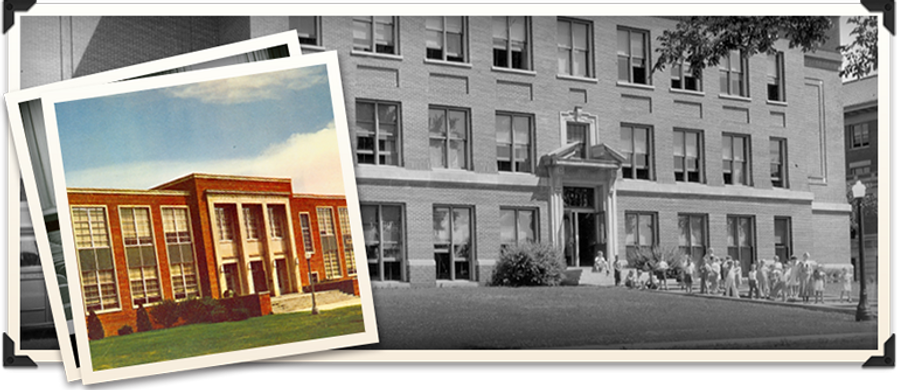

AL POTTER
ALBERT POTTER (1946)

Dr. Albert Potter joined the Laboratory School science faculty in 1946. His interest in science had begun during his childhood days in Nebraska. When he was only 16 years old he began collecting fossils for the University of Nebraska State Museum. Later he worked for the Frick Paleontological Laboratory at the American Museum of Natural History in New York and was a member of the 1941 expedition to Honduras for Chicago’s Field Museum of Natural History. Potter was a charter member of the Society of Vertebrate Paleontology: the fossil species Pseudoceros potteri was named in his honor.
Potter and the colleagues that followed him to the Lab School pursued innovations in both curricular design and laboratory work. Potter was the Science Department chair who guided and provided the leadership for the development of this cutting edge curricula. He sought out and hired faculty interested in progressive pedagogy and who could develop educational materials for the evolving science scene. Like the other Laboratory School departments, the Science Department sought to showcase best teaching practices, and it disseminated curricula for schools across the state, nation, and world. Among the many students Potter inspired was a student teacher, Robert D. Koob, who would go on to earn his Ph.D. in chemistry and return to the campus in 1995 as the University of Northern Iowa’s eighth President.
Traditional United States science teaching has involved classroom lectures and accompanying laboratory experiences. This approach recognized that learning often comes through doing; however, many students never had much opportunity for the doing part or laboratory experiences due to the cost involved in creating a laboratory and/or the time restraints that accompany classroom laboratory practices. While most would agree that laboratory experiences were cherished, traditional science classroom instruction was geared toward the class as a whole and left each student to formulate the content internally. While some students handled the abstract language and designs of science easily and found science fun, other students struggled.
In short, two learning approaches have shaped science education offerings. The first and most prominent focused on the cognitive domain. While the Lab School science faculty considered this an important part of its programming, it placed stronger emphasis on the other domain, the affective domain, which took shape through the Science Department’s packet oriented, self-pacing learning models. The science faculty felt, and later documented, that given the opportunity and time, all students, regardless of mental ability, could eventually come to an understanding of science content, whether it be earth science, chemistry, biology, or physics. It was determined that what was needed for these successes to occur was the time necessary to sort through the material in order to shift concrete knowledge to abstract cognizance, thus leading to a level of understanding that would then promote a desire for further learning. This model of teaching was maieutic by design: the Socratic mode of inquiry which aims to bring a student’s latent ideas into consciousness.
An early player in the design of the science curriculum was ESS, an earth science program developed by the Silver Burdett Company. Marketed throughout the country, its directive was for a more hands-on approach to learning earth science, but it was still based on a more traditional lecture-lab model. The Laboratory School was involved with this program’s development, as well as with the BSCS biology programs and other publisher science programs. However, Lab School science faculty were working towards a greater emphasis on content specificity with even more hands-on laboratory experiences. The Laboratory School’s packet oriented, self-paced learning moved the process forward.

